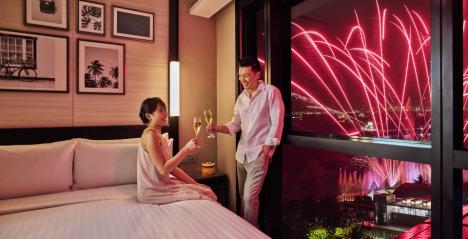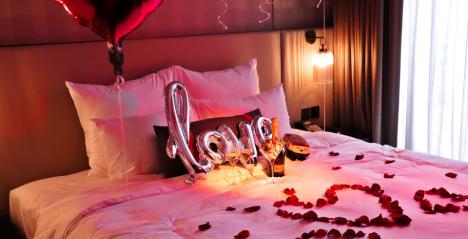Wind the clock back to the late 1930s of Singapore and the tallest building in Chinatown was the Nam Tin Building (南天大厦 bottom right of image), Nam Tin (南天) meaning ‘Southern Sky’ in Cantonese, was constructed in 1927.
The six storeys high building was the tallest building in Chinatown at that time. The building was built and designed by reputable architectural firm Swan & Maclaren. The building was designed after the ‘functional’ and ‘rational’ Modern Movement style.
Bold, horizontal lines span across a plain-looking façade, alternated with vertical recesses to add to its visual dynamics. On the upper floors, wrought iron arches and double-lamp posts were added as embellishments, creating a chic appearance that was very fashionable in the 1930s. The building’s functional architectural design is a statement of early modern Singapore architecture.
Owned by Lum Chang Holdings, Nam Tin building was leased to several tenants - principally the Great Southern Hotel. The opening ceremony was carried out with much fanfare on 5th February 1927, which included distinguished guests like the Acting Consul-General of China.
The Great Southern Hotel brought many firsts to Singapore’s hospitality industry. It was the first Chinese hotel equipped with a lift - a rarity and source of wonderment during the 1930s. It was also the first prestigious hotel to cater specially to Chinese travellers & was known as the "Raffles Hotel of Chinatown". Each room had its own ensuite shower and toilet, and was given a roomy feeling by the 12-feet high ceiling and cast iron casement windows. Its guests included celebrities from China and Hong Kong.
Shops were located on the ground floor, while hotel rooms were on the second and third floors. The popular Nam Tin Restaurant was housed on the fourth floor, and the fifth floor was occupied by the famed nightclub, Southern Cabaret. A tea house was located on the roof terrace.
The building was visited by customers for its shops and entertainment outlets. The hotel's greatest draw was its cabaret. The cabaret's luxurious interior had "dragon pillars studded with cut glass" and "beautifully coloured carvings of birds and animals of Chinese mythology" on its walls. It was constructed under the supervision of Miss Leong Sai Chan, former Shanghai movie star and the cabaret is an imitation of China's famed Peking palace.
Dance hostesses dressed in colourful cheongsams with thigh-high slits greeted guests at Southern Cabaret. These girls were called “taxi dancers” - because, like taxis, they could be hired - priced at $1 for three dances. Parties at the club included consumption of the finest liquor and the smoking of handcrafted opium pipes.
As cabarets were an extremely popular form of entertainment during the 1940s and 1950s, it was not uncommon for cabaret girls to engage in prostitution and the cabaret girls at Nam Tin were no exception.
When the hotel applied for a renewal of its license in 1961, it was met with opposition by the police on the grounds that the hotel was used for immoral purpose. The hotel eventually reopened in 1962 when their application for a new license finally succeeded. Business started to decline and by the time it closed in 1994, the Great Southern Hotel was operating with only 40 rooms catering to budget travellers. Each room had a double-bed and ceiling fan, and cost as little as S$40 a night.
As business waned, Lum Chang Holdings sold Nam Tin for S$25 million to a Hong Kong businessman Yu Kwok Chun in 1993. Yu was head of a multinational business empire based in Hong Kong. He had made his flagship store, Yue Hwa Chinese Products Emporium Limited, into a household name. Following Yu’s purchase of Nam Tin, existing tenants vacated the building and were paid a compensation sum. The Great Southern Hotel exited from the building in February 1994.
After an extensive and costly renovation that spanned from 1994 to 1998, the building was converted into a departmental store, Yue Hwa Chinese Products. The renovation process, which conserved the beautiful exterior, added features such as an atrium and waterfall to the interior. Most of the main building’s original architectural features were retained and carefully restored. In 1997, the building won the Urban Redevelopment Authority’s Architectural Heritage Award for its conservation and restoration work.
One interesting trivia. Due to it being the tallest building back then, it became a popular place for people to jump off the building to commit suicide. The suicide rate at the building only declined after the Singapore Improvement Trust (SIT) flats were built in 1952 and 1953 at nearby Upper Pickering Street.
The next time you are in Chinatown, stop awhile, close your eyes and picture how this ho-hum-looking building was once the hottest place in Chinatown, where the rich Chinese partied with prostitutes and smoked opium.

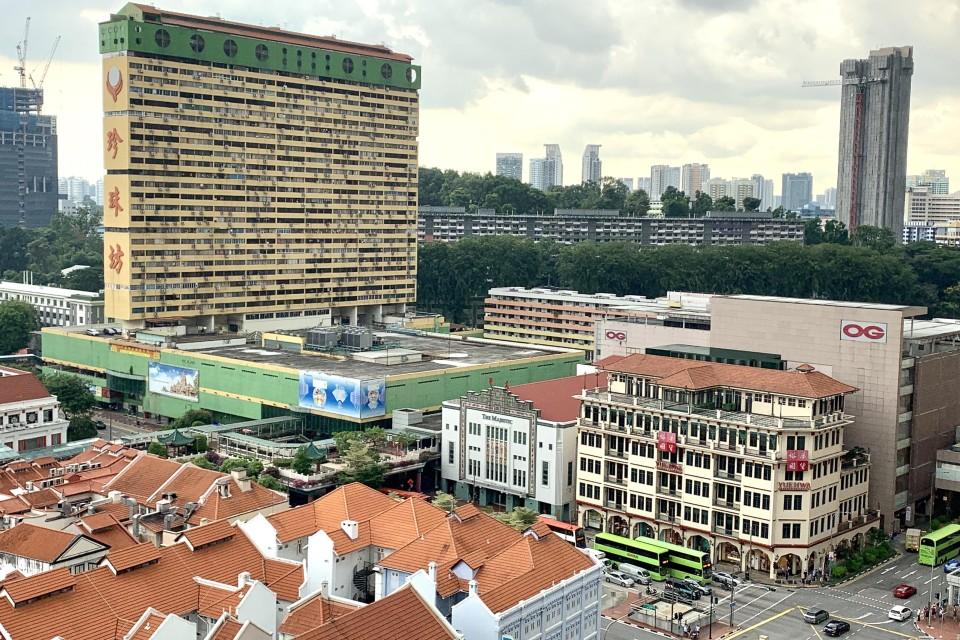
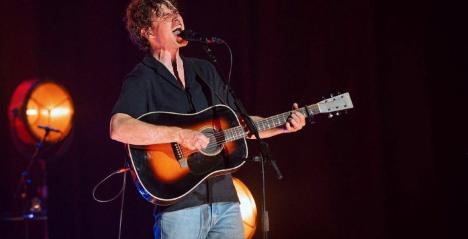


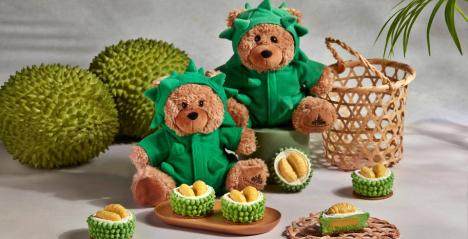
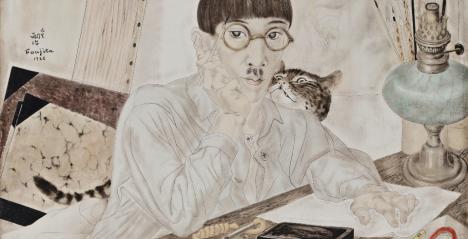
![Jean Dunand, La forêt [Forest], c1929. Lacquer on panel. 300 x 600cm. Mobilier National](/sites/default/files/styles/thumbnail_468_239/public/2025-02/Jean%20Dunand%2C%20La%20for%C3%AAt%20%5BForest%5D%2C%20c1929.%20Lacquer%20on%20panel.%20300%20x%20600cm.%20Mobilier%20National..jpg?itok=uZXPdYNm)

